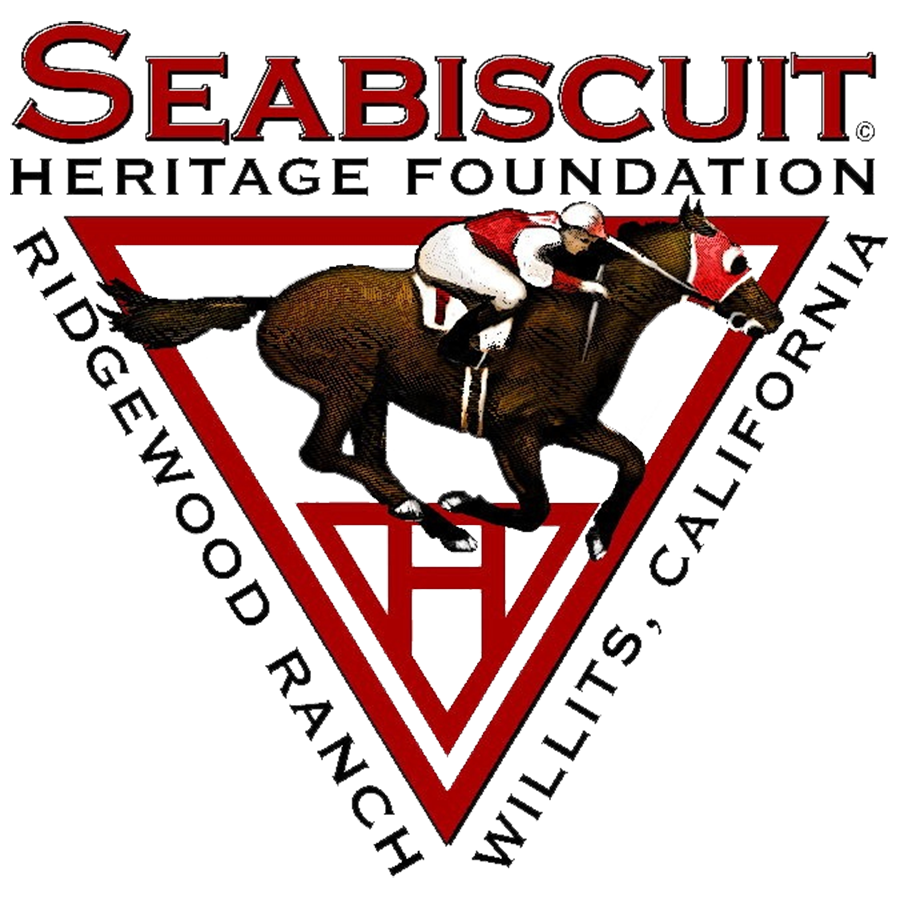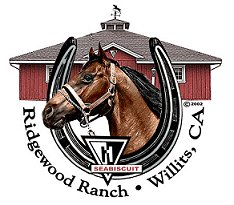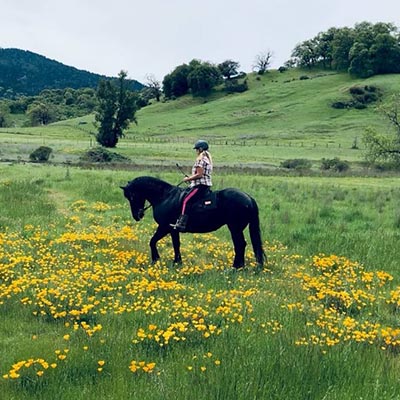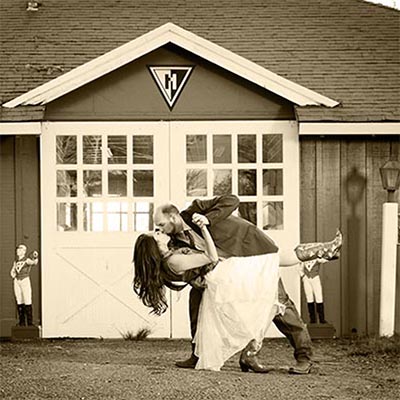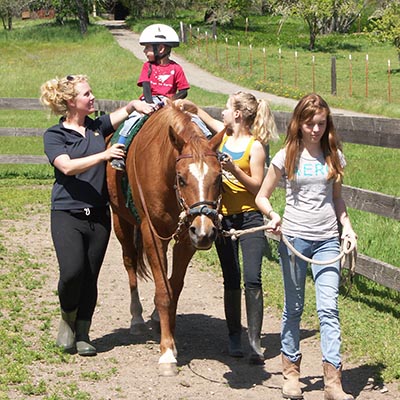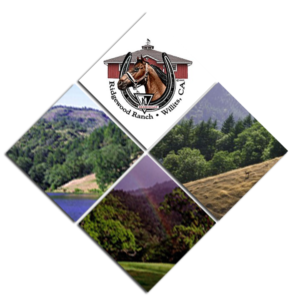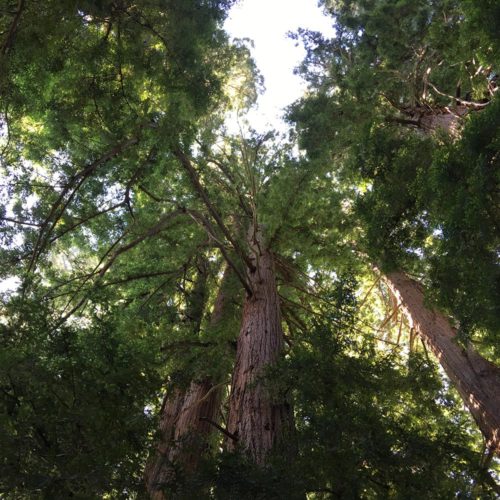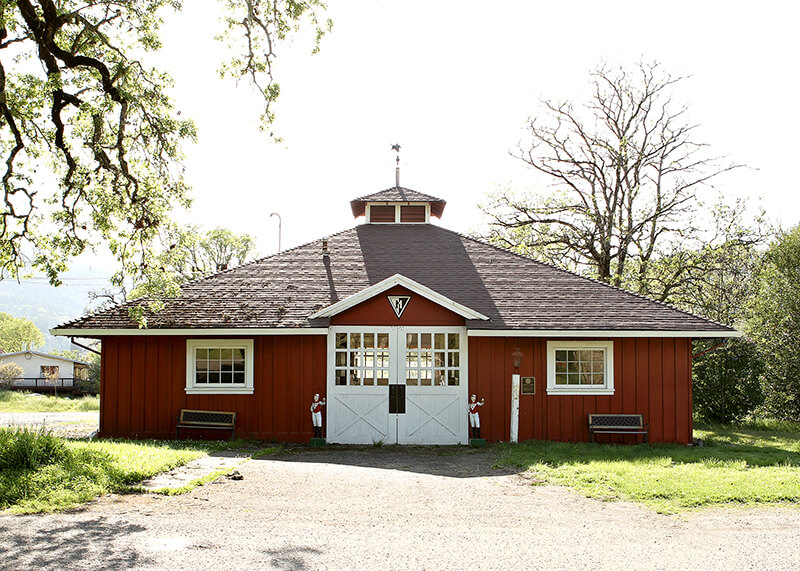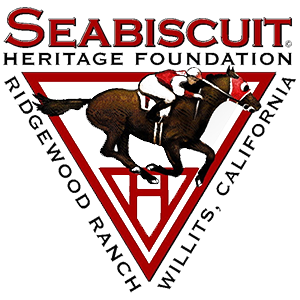The First Residents
The first residents of the valley, where Ridgewood Ranch is located, were the Northern Pomo peoples. It was an ideal environment with two creeks running year-round. There is evidence on the Ranch of native occupation, including pithouses. 1859 – Sheep Rancher, Rench Angle purchased and pieced the Ranch together over 25 years
The first white inhabitant of the valley was Captain Walker. He settled with his family in the 1850s and raised cattle. In 1859 Rench Angle settled in the valley and became the second owner, however, the first to hold title to what was to become Ridgewood Ranch.
Angle was a sheep rancher who, over the next 25 years, pieced together the Ranch, paying an average of $3.25 per acre. Tragedy struck the Angle family when Mr. Angle and 9 of his 15 children died. The children are buried with their father in a small cemetery on the Ranch.
1903 – William Van Arsdale, Rancher
The next owner of note, William Van Arsdale, purchased the property in 1903. Van Arsdale, a San Franciscan, used Ridgewood as a second home and began ranch operations growing alfalfa and grazing livestock. William Van Arsdale, whose name may be familiar to some through his construction of the dam on the South Eel River at Potter Valley, used his talent for moving water on the Ridgewood property as well.
In 1905 Van Arsdale developed the springs on the east end of the property, building a 340,000 gallon water tank. Then he piped the water down through a Pelton water wheel to generate electricity.
1919 – Charles S. Howard, Multimillionaire, Rancher & Owner of Seabiscuit
By the time Charles S. Howard came to own the ranch in 1919, he was a multimillionaire automobile magnate. He arrived in San Francisco some 16 years prior with just 21 cents in his pocket. Howard loved the Ranch. He was a “hands-on” owner who surveyed his spread atop a cow pony. Cattle, sheep, horses, vegetable garden, fruit orchards, and a dairy were all part of Howard’s thriving Ranch operation. The cattle round-ups were held annually and were magnificent events that involved Ranch employees, their families and friends, and many neighbors from nearby ranches. After the work was done everyone celebrated by enjoying the delicious barbecue.
Charles Howard was not without his challenges, however. In May of 1926, the Howard’s fifteen-year-old son, Frankie, was killed in a truck accident on the Ranch. Dr. Raymond “Doc” Babcock, a good friend of the family, encouraged Mr. Howard to honor his son by building a hospital in Willits. The modern, well-equipped Frank R. Howard Memorial Hospital opened its doors in 1928 with “Doc” Babcock at the helm. Additionally, Mr. Howard arranged that the Ranch would provide the food for the hospital.
1951 – The Welch Brothers – Loggers
Jeff & Elwood Welch bought Ridgewood Ranch from the Howard Estate in 1951. Outbidding Roy Rogers, they paid about $24 per acre, and became the Ranch’s 8th owners. The Welch Brothers ran cattle, but their primary interest was logging. During their 11 years of ownership, they logged at least 100 million board feet of wood, both old growth redwood and fir.
1962 – Christ’s Church of the Golden Rule – Restorers and Preservationists
Christ’s Church of the Golden Rule purchased the 16,000 +/- acre ranch from the Welch Brothers in 1962. Over the years, the Church has supported itself by various business ventures such as a dairy operation and print shop. Current operations include a mobile home park and running 200 head of cattle. The Church Association has actively pursued preservation of the old growth redwood forest that remain on the land. And, in the 1960’s began reseeding the logged area with Ponderosa Pine. The Church continues to be good stewards of the land. In 1996, they began stream restoration on both Forsythe and Walker Creeks, working in conjunction with the U.S. Dept. of Agriculture, the Natural Resources Conservation District and California Fish and Game. Today, 2,500 linear feet of creeks have been restored.
Currently, the Church is working with the Seabiscuit Heritage Foundation, the National Trust for Historic Preservation, Mendocino Land Trust and others to preserve the history of Ridgewood Ranch with particular emphasis on Seabiscuit, the legendary thoroughbred racehorse owned by Mr. and Mrs. Charles S. Howard in the 1930s and 1940s.
